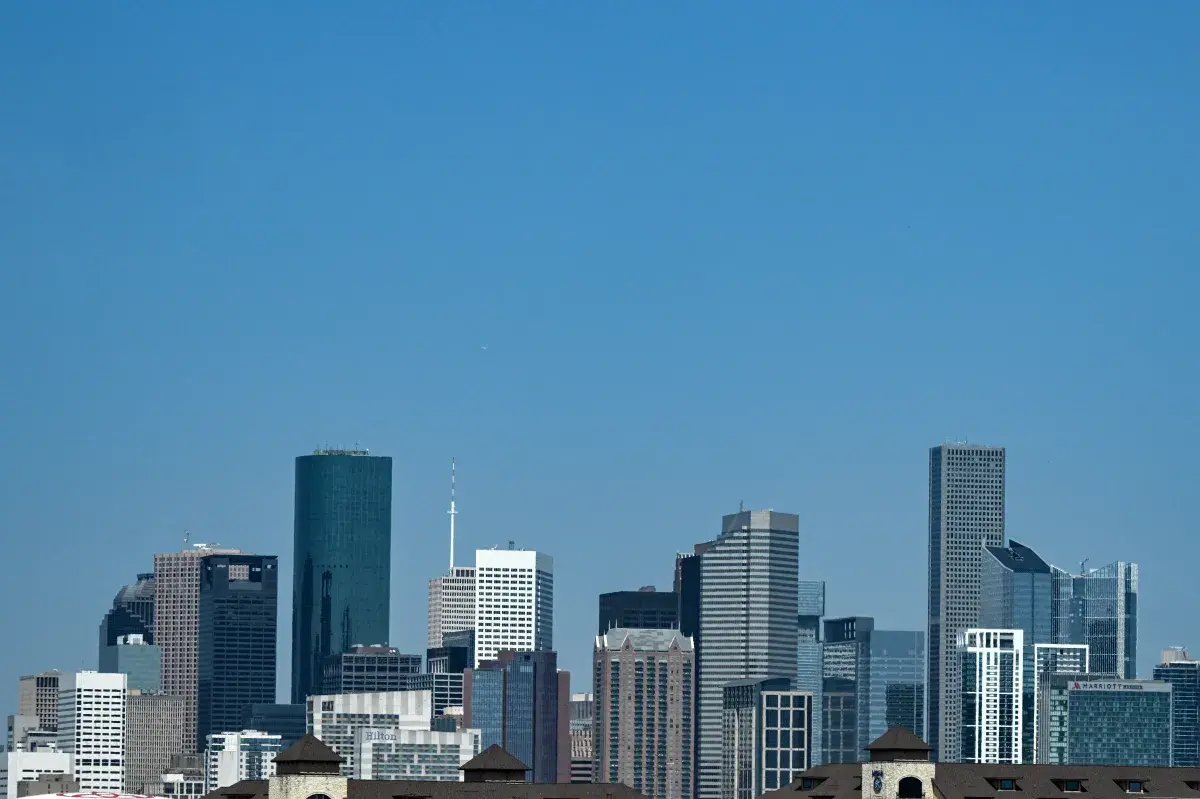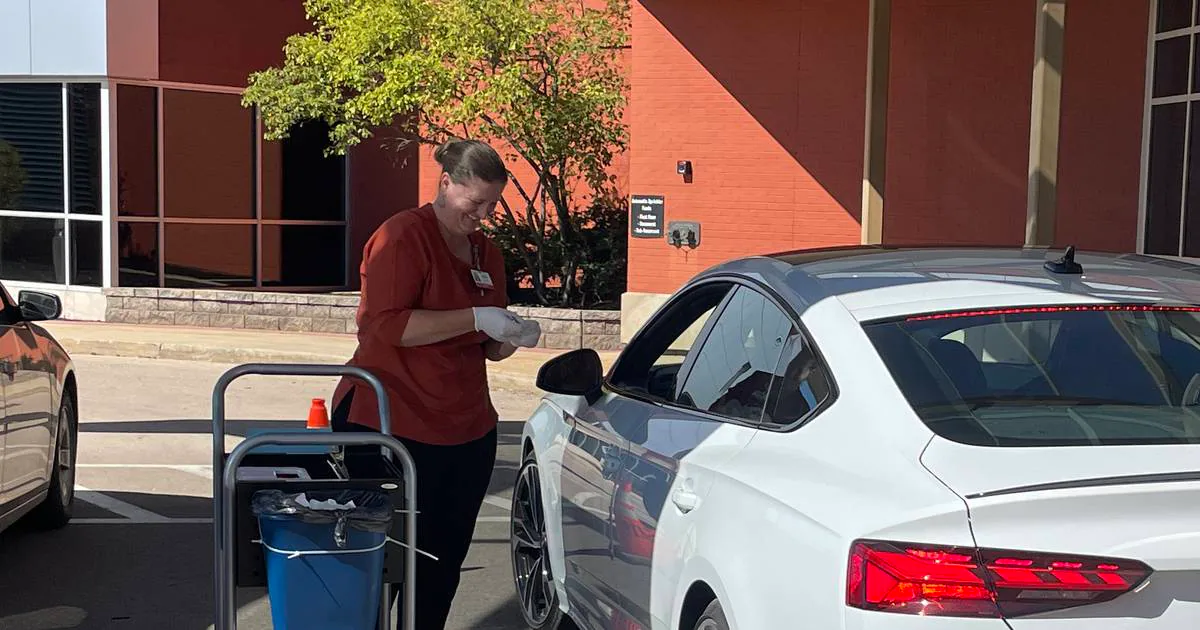
Millions of Texans were advised to take steps to reduce pollution on Friday, as the National Weather Service (NWS) issued air quality alerts for the Dallas-Fort Worth and Houston, Galveston, and Brazoria areas.
Why It Matters
The Environmental Protection Agency (EPA) cautions that people most at risk from breathing air containing ozone include those with asthma, children, older adults and people who are active outdoors.
The agency says health problems caused by ozone may include coughing, difficulty breathing, and inflamed and damaged airways.
What To Know
An air quality alert published by the NWS said the Texas Commission on Environmental Quality had issued an ozone action day for the Houston, Galveston, and Brazoria area for Friday.
“Atmospheric conditions are expected to be favorable for producing high levels of ozone pollution in the Houston, Galveston, and surrounding areas on Friday,” the alert said.
A similar alert had also been issued for the Dallas-Fort Worth area, again for Friday.
Residents in the affected areas were urged to help reduce pollution by taking steps such as ride sharing, walking, taking lunch to work, avoiding drive-though lanes, conserving energy, and keeping vehicles properly tuned.
An additional air quality alert was in force in Washington state, this time due to smoke associated with regional wildfires.
The alert, which impacted Chelan, Douglas, and Okanogan Counties, said: “Particulate matter (PM2.5) levels are expected to be unhealthy in many areas. When air quality is unhealthy, everyone should reduce exposure. Limit time outside, avoid strenuous outdoor activity, and follow tips for cleaner indoor air.”
Several fires were burning in the area, according to a map from Watch Duty—including the roughly 31,000-acre Lower Sugarloaf fire and the Labor Mountain fire, which had burned over 17,000 acres.
What People Are Saying
AccuWeather meteorologist Brandon Buckingham previously told Newsweek: “Ozone is a secondary pollutant, meaning it’s not emitted directly from sources, but is formed through chemical reactions. These reactions require sunlight and higher temperatures, making warmer months more prone to ozone formation. When air is stagnant, pollutants don’t get dispersed, allowing ozone to build up to unhealthy levels.”
The National Weather Service forecast office, Fort Worth, Texas said on X, Thursday: “After our recent bout of unseasonably warm weather, the rest of the month will be dry and pleasant with mostly sunny days and clear cool nights.”
What Happens Next
The air quality alerts for Texas were in force for Friday, while Washinton’s alert was in effect “until further notice” at the time of writing.
Local NWS offices issue regular regional forecast updates on the agency’s website.



